As the growing world population puts even more pressure on the Earth’s resources, consumers are increasingly considering the environmental impact of their diets. While Mintel Trend Hungry Planet outlines how our throwaway culture is becoming a contentious issue, the Food and Agriculture Organization (FAO) of the United Nations estimates that around one third of all food produced goes to waste. To raise awareness that everyone across our food chain has a role to play, the FAO is calling for global solidarity by organising the World Food Day on the 16th of October 2020.
In this article, we analyse how pet food is increasingly influenced by these sustainability considerations and how pet food brands can do more to use and highlight leftover ingredients from the human food chain to improve their food waste reduction credentials.
Get creative with waste
A hungry planet
With world hunger and the threats posed by climate change and land degradation, there is mounting pressure on consumers, as well as producers, to conserve the planet’s resources.
As awareness grows, consumers will increasingly favour brands that have waste reduction strategies in place, such as zero waste or promoting sustainability measures.
Pet-owning consumers are also starting to care more about the sustainability of pet food itself.
In the US, vegan dog food brand V-dog has been committing to a sustainable action by partnering with rePurpose Global, a crowdfunded movement supporting the removal and minimization of plastic waste bound for landfills and oceans.
From alternative protein sources and compostable packaging, to eco-friendly processing methods and charity efforts, pet food sustainability has become a focal point of innovation for a growing number of pet food producers worldwide. Recently, the notion of upcycling – transforming “waste” into a new ingredient – emerged and is gaining momentum in Human and pet food.
Tackling food waste with upcycled ingredients
Upcycling waste produced in human food and drink is becoming an increasingly common strategy employed by food brands.
In 2019, companies that were using upcycled ingredients came together to form the Upcycled Food Association (US) to formally create a sustainable, consistent supply chain using food that would have otherwise gone to waste. The organisation has created the following formal definition of the term and plans to launch a certification:
“Upcycled foods use ingredients that otherwise would not have gone to human consumption, are procured and produced using verifiable supply chains, and have a positive impact on the environment.”
The Upcycled Food Association
Numerous new start-ups have emerged with a business model based on repurposing food waste, with some major brand owners also seeking to engage with the trend. The brand ReGrained, for example, seemingly launched upcycling as a consumer concept in the US with its spent beer grain granola bars. The company has expanded into additional products that feature upcycled ingredients, including puffs.
Pet food brands are well-positioned to leverage the upcycling trend. Traditional pet food is made up of by- products from the human food chain, with meat by-products being a prime example of preventing loss or waste from the human food chain. Another relevant illustration comes from The Portland Pet Food company who utilises repurposed spent grains harvested from local Portland breweries in their dog treats.
Yet, clear upcycling messages are still seldom, but open information on side stream valorisation are now often shared, with virtuous messages to do it. As highlighted by the US brand Merrick, including more of the animal (e.g cartilage, organs) can limit food waste without compromising on the product’s nutrition benefits.
Putting a positive spin on upcycled ingredients by linking them with functional benefits
Spearheading the upcycling movement, the US-based Shameless Pets offers a range of grain-free dog treats made from ingredients which otherwise would have been discarded. It results in fun seasonal flavours from upcycled ingredients.
From apple pulp sourced from cideries, to lobster shells from a cannery, Shameless Pets claims that up to 45% of the ingredients in its products are upcycled. To make the products more attractive to pet owners who can be reluctant to buy products from upcycled origin, the brand offers a multitude of health benefits for every flavour.
Highlight environmental benefits
Add tangible and appealing sustainable details on-pack
A focus on the environment offers opportunities to elevate the reputation of by-products in pet food. Indeed, besides contributing to food waste reduction, some by-products from the human food chain can also offer optimal, high-quality nutrition for pets.
Since October 2019, the Purina start-up RootLab has been testing a range of pet food made with unconventional protein sources in the Chicago region. These include by-products such as chicken organs and cod heads, as well as cricket protein and Asian carp, an invasive fish species which threatens to overrun native fisheries in nearby Lake Michigan.
In a bid to change pet owners’ perceptions and to increase acceptance for unappealing-sounding ingredients with under-recognised nutritional benefits, Rootlab prominently highlights them on the front of pack instead of hiding them in the fine print on the back.
Source ‘ugly’ fruit to add sustainability
Consumers are seeking out eco-friendly products in all facets of their lives, including pet food and pet products. Pet food brands could factor this in when considering how they source fruit.
In the wider food and drink market, the concept of ‘ugly’ fruit and veg has had traction (see examples below), in which brands incorporate fresh produce that would otherwise have gone to waste because of an irregular appearance.
This works particularly well in products where fruit is blended or combined, and uniform appearance of ingredients is therefore not an important factor, such as wet and dry pet food.
Fruits are increasingly incorporated into pet food blends for their multiple benefits. The right fruits can boost nutritional content, add functionality, flavour and even sustainability. However, usage of such ugly fruit Remain a missed opportunity in the category at the moment.
Tweak terminology
Consumers are willing to accept “less than perfect” in the name of sustainability
Upcycling can show consumers that manufacturers are dedicated to creating a sustainable, secure food supply. Consumers are beginning to look beyond environmentally friendly packaging and to the products themselves as a way to eat sustainably and to certain extent for their pets as well.
Consumers may be more accepting of “waste” ingredients in some categories than others. There are many ways to incorporate by-products and extract value from food chains in pet food sectors.
Terminology is key to pet owner acceptance
In today’s pet food industry, it is arguable that far too much focus is made of ingredients. The growing trend towards raw foods and human grade ingredients has triggered the motion that vilified by-products, despite their proven nutritional benefits.
Apart from celebrating by-products, as showcased by Purina’s Rootlab, ‘rebranding’ these ingredients could counteract negative perceptions and help safely land a food waste message in pet food products.
In fact, the term ‘upcycled’ (as used by Shameless Pets) could be well received in pet food products – again following human food. The Drexel University study tested consumer perceptions on nine product labels to brand value-added surplus products: upcycled, recycled, upscaled, rescaled, reprocessed, reclaimed, up-processed, resorted and rescued. “Upcycled” was observed as the most preferred label that can be used to describe value-added surplus products, followed by “reprocessed”.
Educating pet owners about the benefits of upcycled ingredients will be crucial in the development of such products. Besides, it is also essential to consider regulation behind the ingredients depending on the food waste before launching an upcycled pet food product.
With food waste becoming a major ethical issue, creative food waste reduction initiatives are much welcomed – suggesting pet food brands should get involved to find solutions to upcycle food waste into their products safely and economically.
Whereas providing on- pack tangible details of waste foods’ environmental credentials should help brands appeal to eco-conscious pet owners, clever use of terminology is needed to avoid putting pet owners off the idea of upcycled ingredients in pet food.
Take-home points

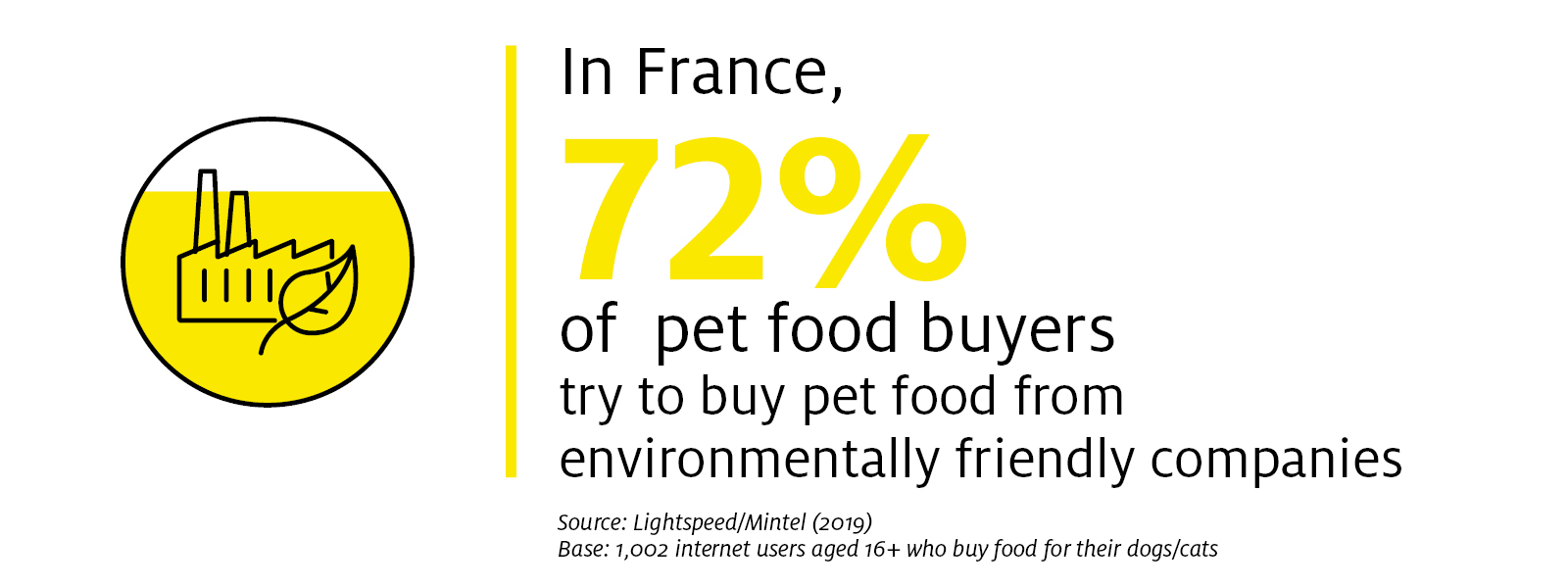
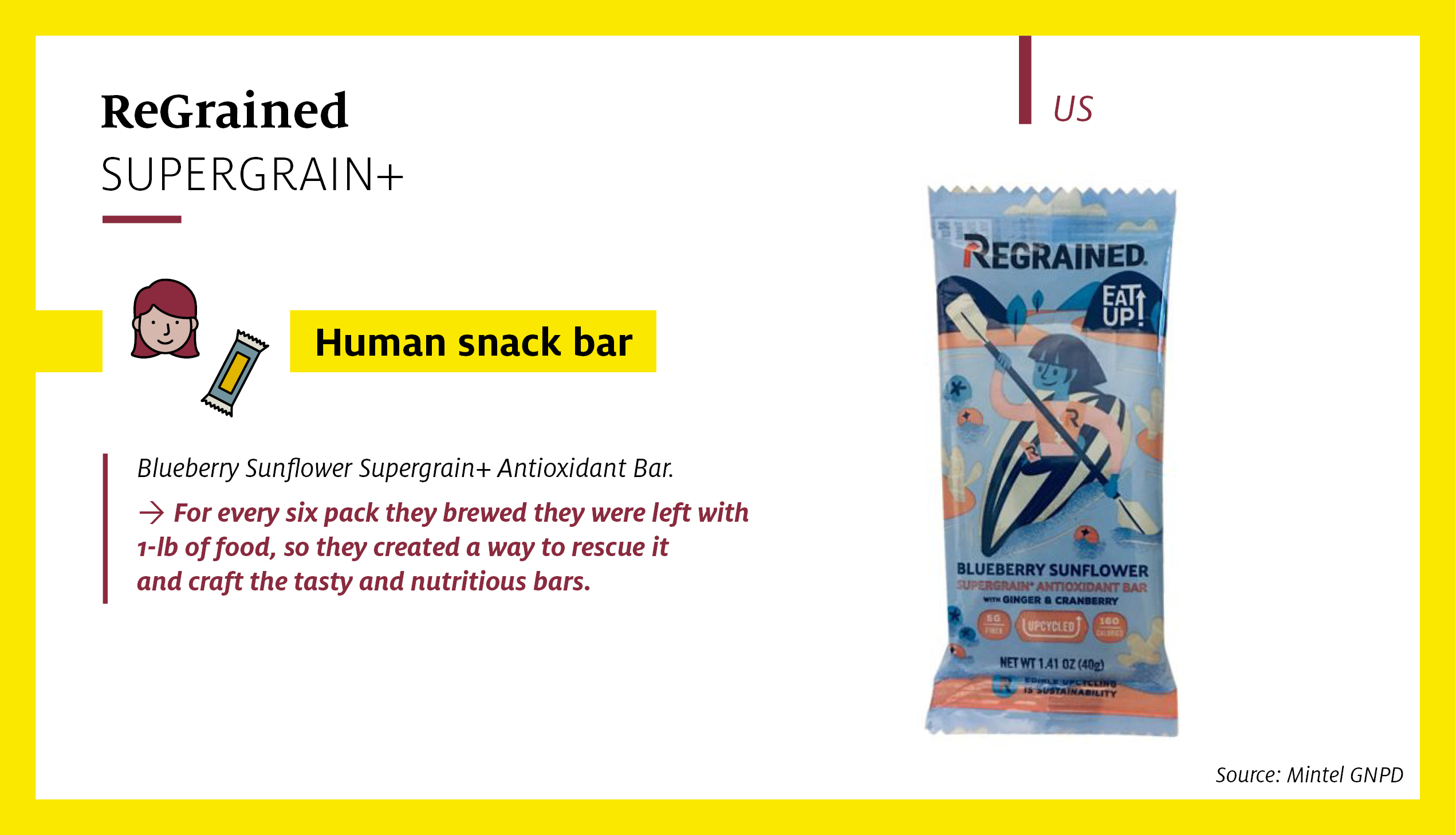
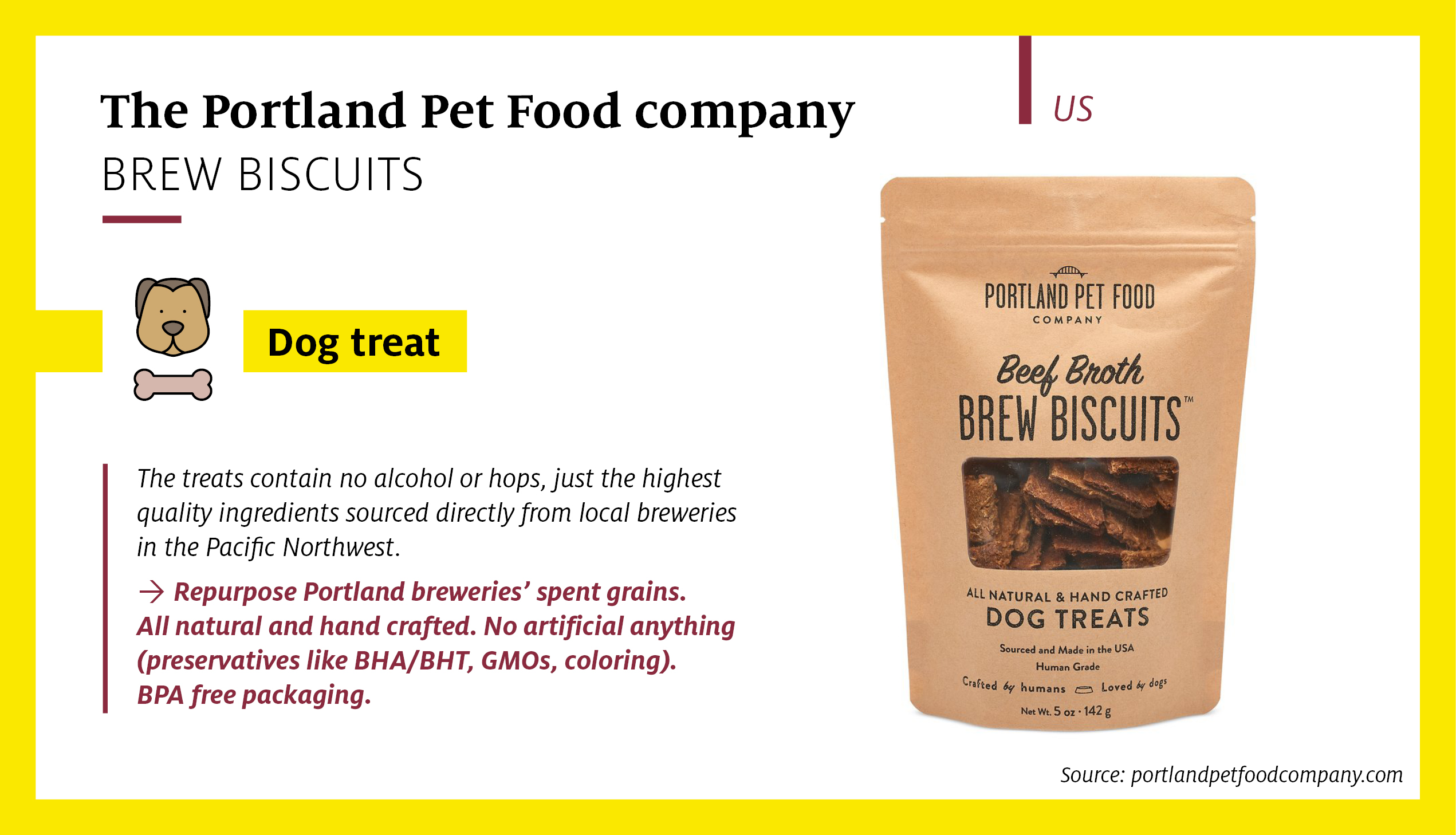
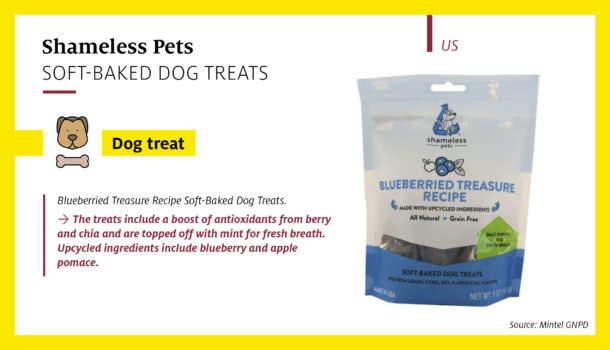
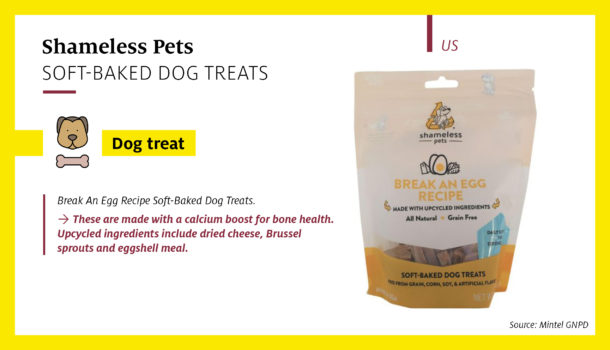
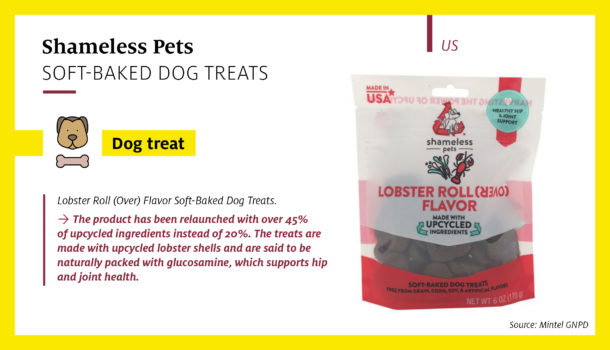
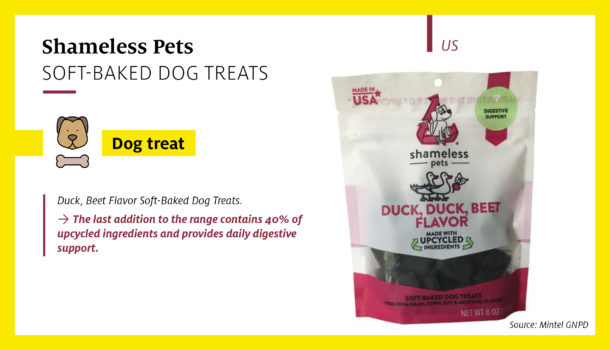
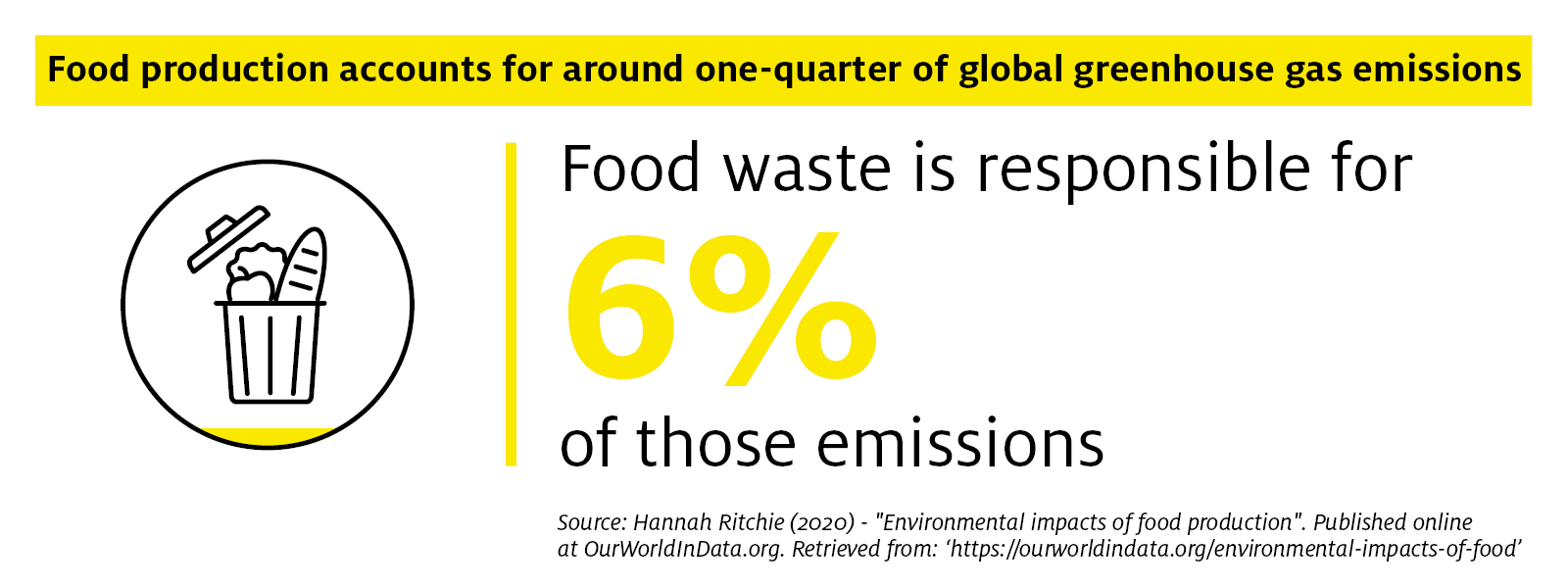
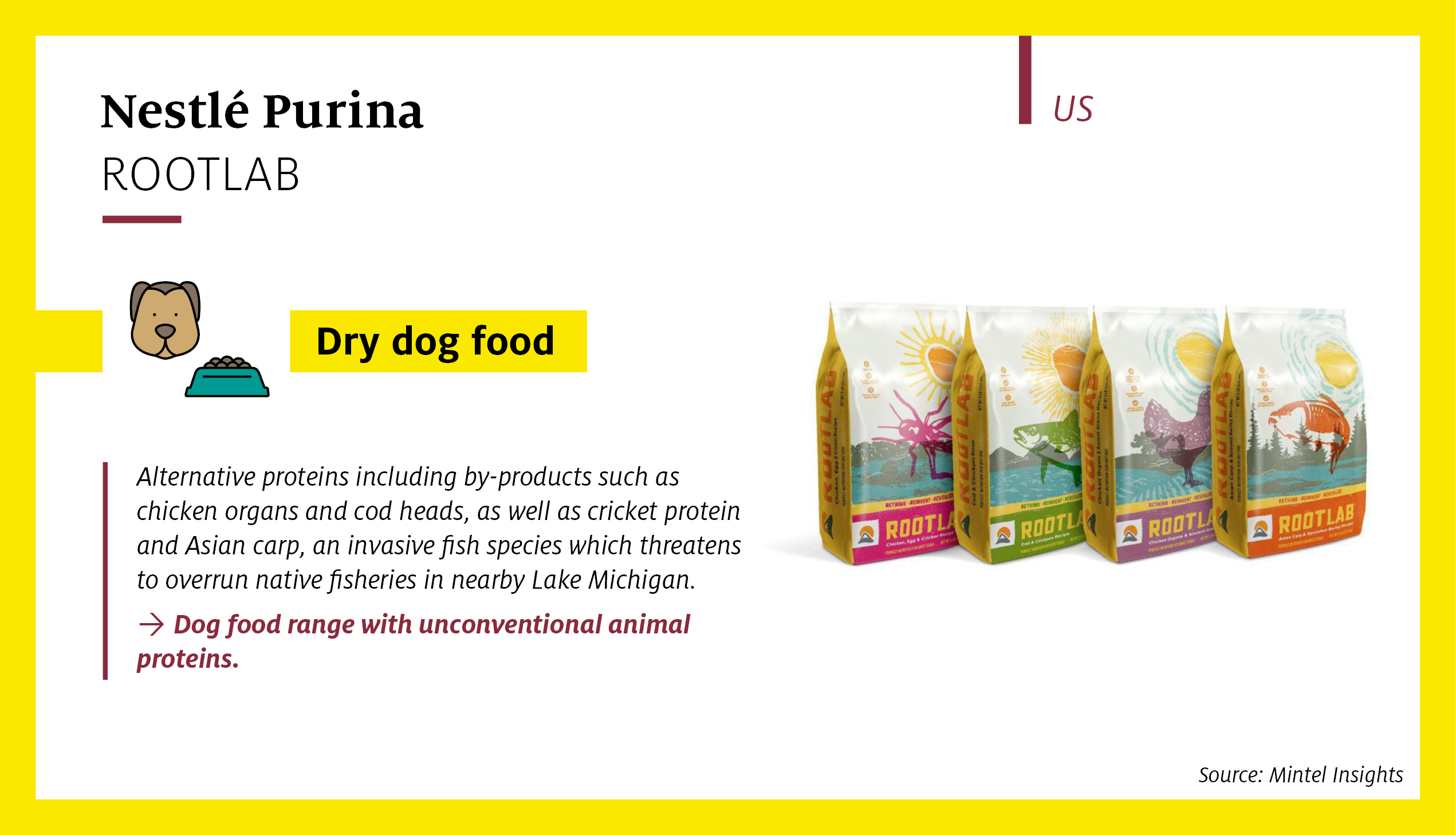
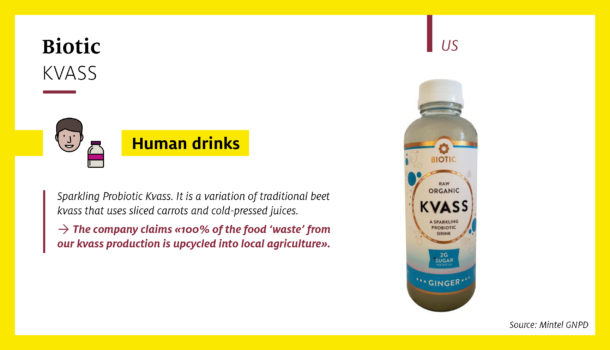
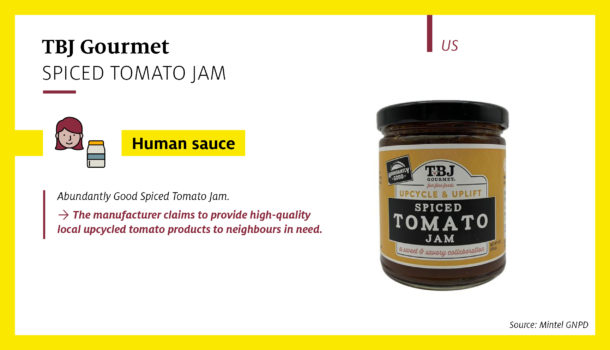
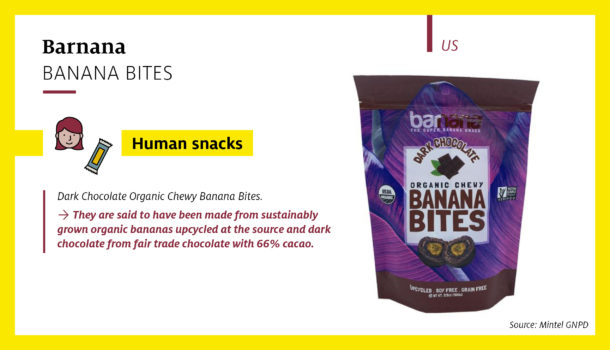
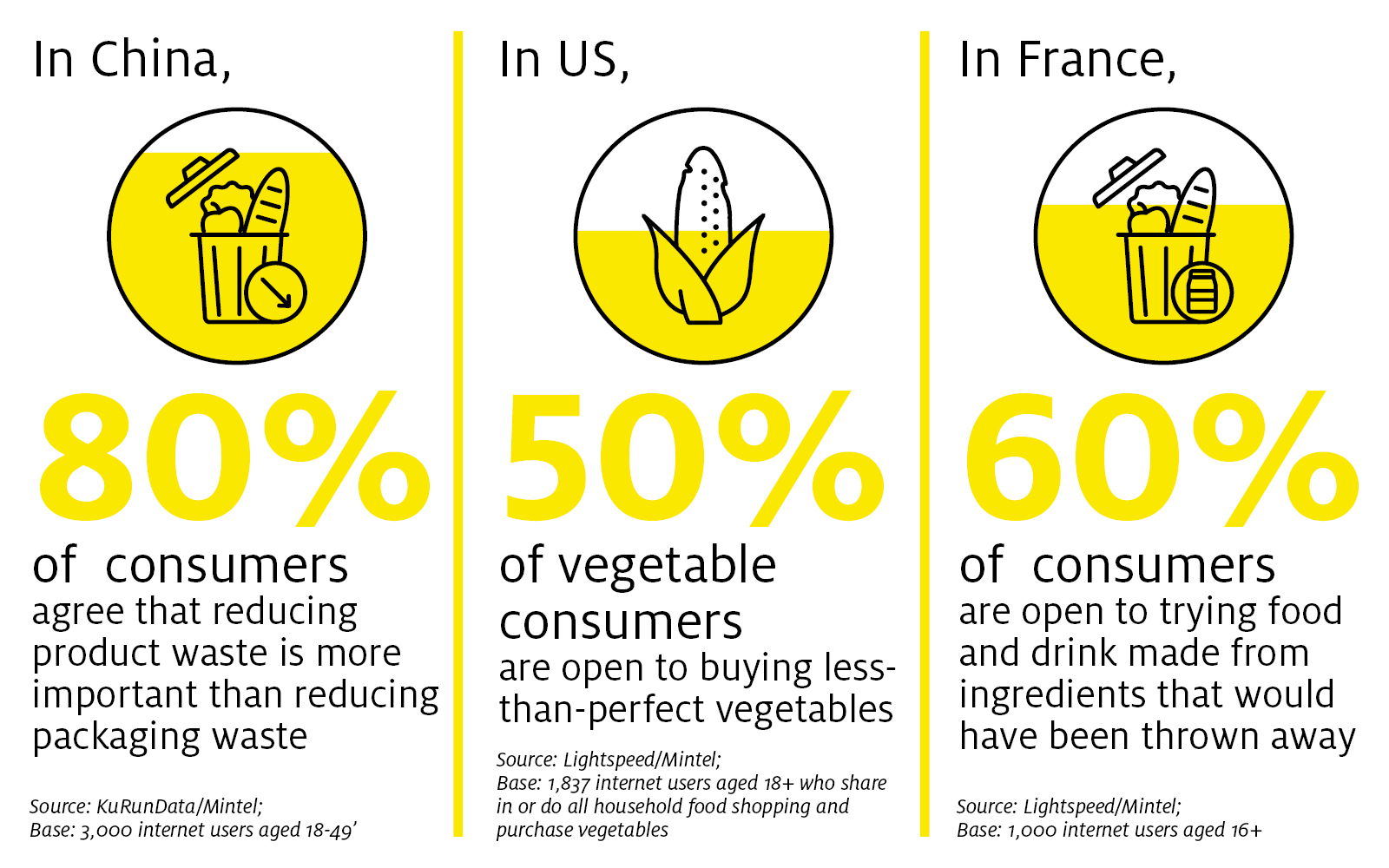

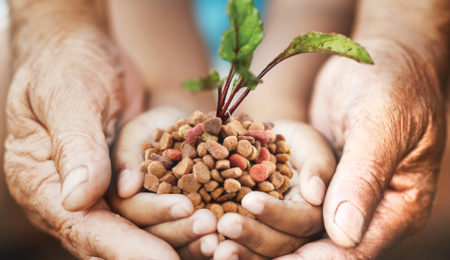
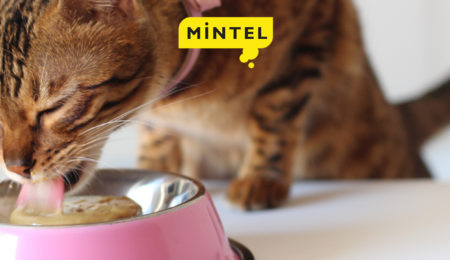
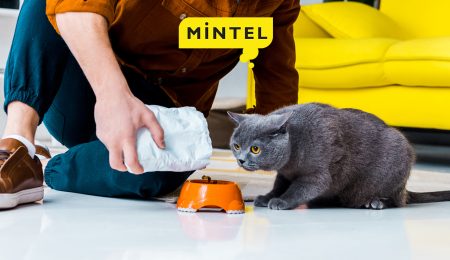
* required fields